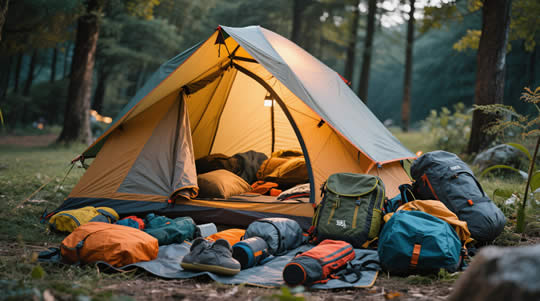Launching Your Camping Journey
Building your camping gear collection is an evolving process that develops alongside your outdoor skills and preferences. By focusing first on quality versions of the most essential items - shelter, sleep system, and cooking equipment - you create a foundation that ensures basic comfort and safety.
Remember these guiding principles when selecting your camping gear:
- Prioritize versatility in your initial purchases, seeking items that serve multiple functions
- Value reliability over complexity - simpler gear generally means fewer potential failure points
- Consider your specific camping style and environments rather than generic recommendations
- Test new equipment at home before relying on it in the field
- Learn proper care and maintenance to maximize equipment lifespan and performance
The equipment you select significantly influences your camping experience, but remember that gear serves your adventure rather than defining it. Even modest equipment used knowledgeably provides safe, enjoyable outdoor experiences. As your skills develop, your gear preferences will evolve naturally based on actual experiences rather than marketing promises.
With each camping trip, you'll refine both your equipment collection and your outdoor skills. This parallel development creates a virtuous cycle where improved knowledge helps you select better gear, while appropriate equipment enhances your ability to develop new skills and tackle more varied environments.
